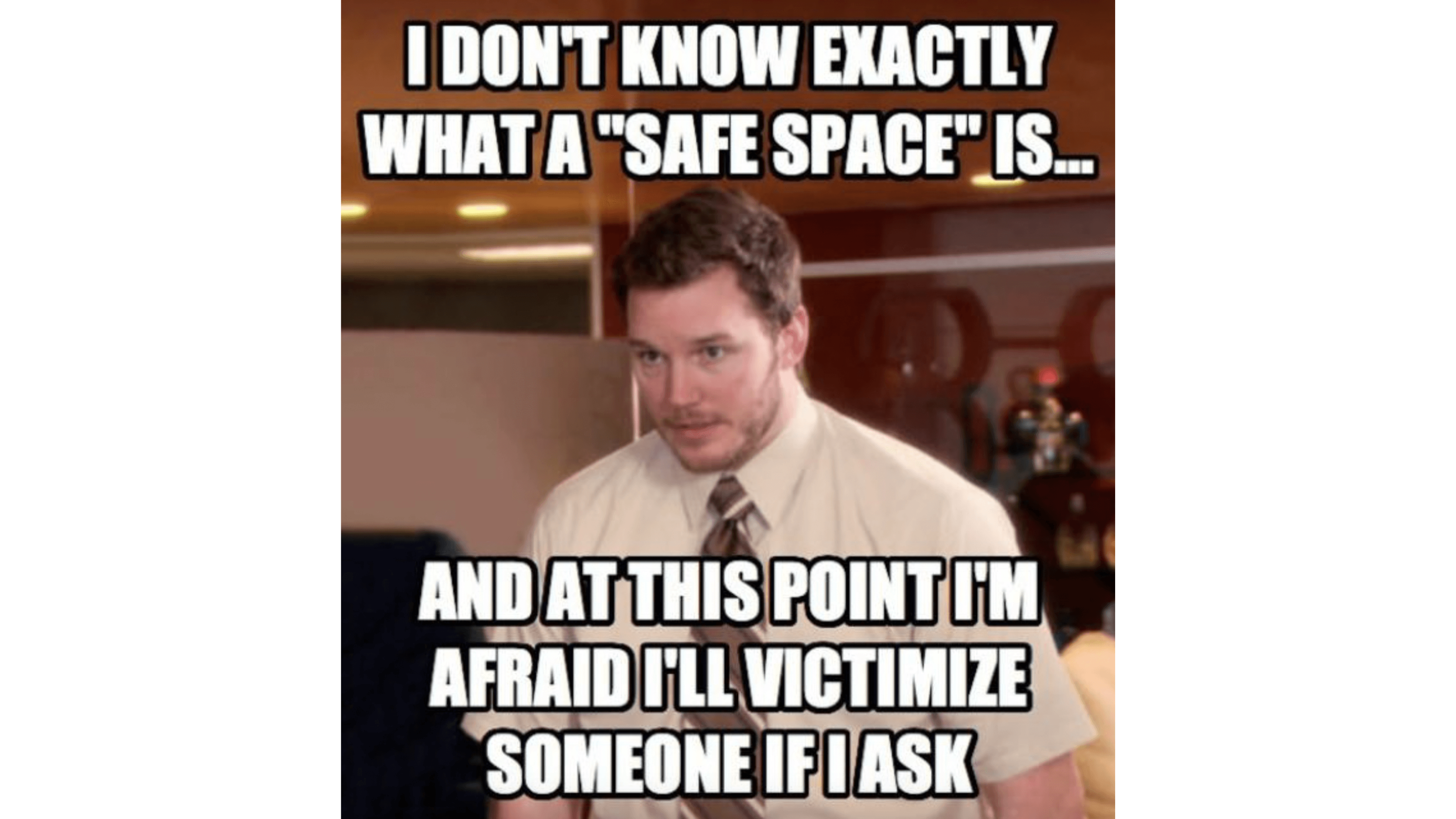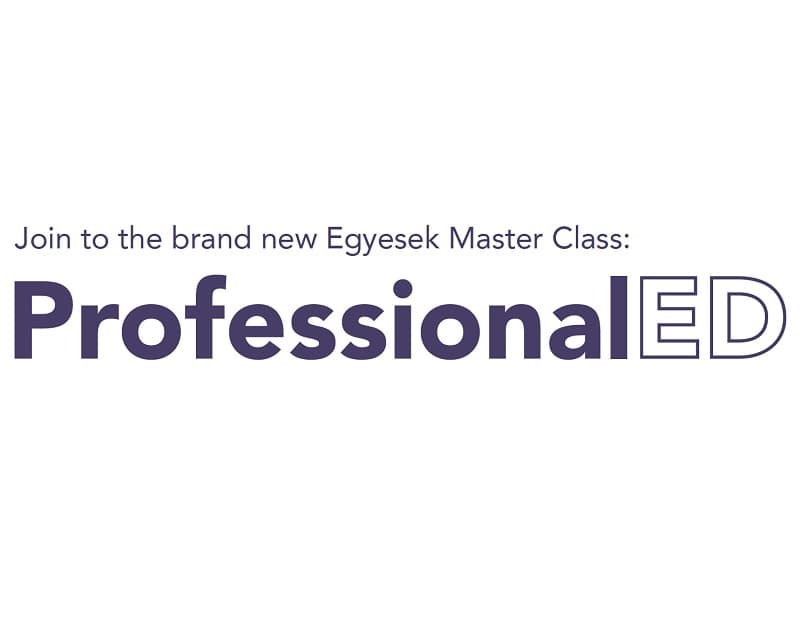I often come across the topic and the question: how to create a safe space for learners in non formal educational programs?
There are training courses, study sessions, endless conversations about what safe space means. Is it a mindset? Is it an environment created by the trainers or facilitators? Or is it created by the members of a group themselves?
Whose responsibility is it to create the so called safe space? And what are its elements?
These are exactly the questions that we would go around again and again whenever the topic is raised. And then we can realise and can be reassured again and again that certain atmosphere, certain learning design and setup will be considered and safe for some and less safe for others. For the simple reason: we all have different needs and ideas where we feel safe to share and speak up. Not even mentioning people, who will simply prefer not to talk or actively share/contribute regarding to their learning even in the safest space possible.
So here we go, how I see it: safe space is created by people who decide together that with their individual needs and contributions will create an environment where they can grow together as a community.
What will make it safe for them is that they agree on frames (rules) together and most importantly that individually they make a decision to be part of this agreement – and thus part of a learning community.
As a facilitator/trainer all we should do to make sure that participants can ask for support when needed and meanwhile handle them as who they really are: accountable adults who have the capability to make their own decisions and choose what works and what does not work for them in a group context.
Trust in the adults who came together by their own decisions to learn and/or create something together, gives the kind of power to the group that every group deserves: take responsibility for their own learning and safe environment.
They might still need support and intervention here and there: therefore a non formal educational program has a trainer/facilitator. Yet, the baseline is that the professional is available for it and accountable grownups can approach and ask for it.
So what’s your stand on it? What is a safe space for you? What makes a learning environment safe enough?
Leave comments, thoughts, ideas for such a burning topic.

